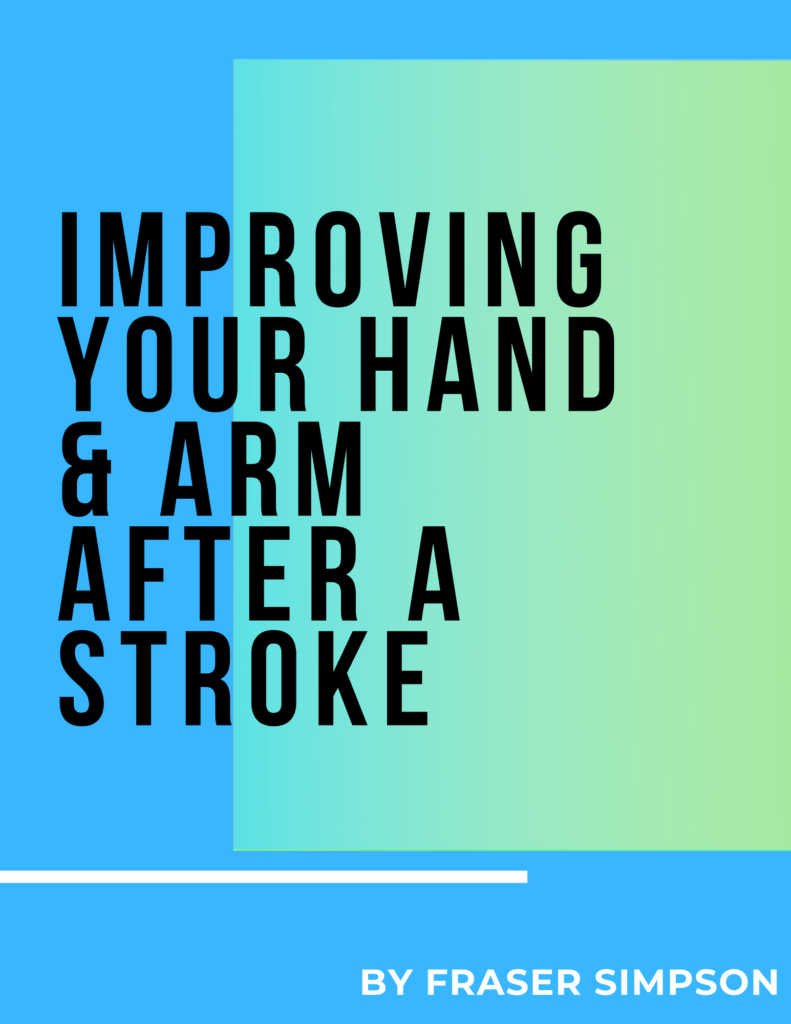If you’re living with Parkinson’s, you may have noticed changes in your posture, how steady you feel on your feet, or how fluid your walking feels. These shifts are common and can influence everyday confidence and independence. But the good news? There are practical ways to move better and feel more balanced.
At Simpson Physiotherapy, we work with people across Glasgow and beyond who are looking to stay mobile, active, and independent while living with Parkinson’s. In this blog, Parkinson’s specialist physiotherapist Fraser shares three simple, effective strategies to improve posture, walking, and balance.
Why Posture Matters More Than You Think With Parkinson’s
When it comes to Parkinson’s, posture isn’t just about standing up straight—it’s about how your body moves, balances, and communicates with your brain. A forward-leaning posture, often seen in Parkinson’s, can make everyday movements like walking, turning, or reaching more difficult. It can reduce stability and increase the risk of falls, especially when combined with slower movement or balance changes. By focusing on strategies that help the body lean back and open up, you’re not just improving posture—you’re enhancing the brain’s ability to sense your position and respond better to movement. This can lead to a smoother, more confident stride. At Simpson Physiotherapy, we often say posture is like your foundation: when it’s strong, everything else becomes more stable. And the best part? Even small changes—like the exercises in this blog—can create meaningful improvements when done consistently.
Strategy 1: Rediscover Upright Posture
One of the first things to work on is helping your brain and body remember what it feels like to stand upright. Due to changes in muscle tone and posture control, many people with Parkinson’s unknowingly start to lean forward more than they realise.
Try this practical technique at home:
- Stand facing a sturdy kitchen worktop or countertop.
- Step your heels back so they’re just an inch or two away from the counter.
- Gently lean back against it until your lower back contacts the edge.
- Slowly lean backwards over the edge, allowing your back to open up. Return to upright.
- Repeat this movement several times, always within your comfort zone.
This helps gently stretch out tight areas in your lower back and hips, while giving your brain a physical cue for upright posture.
Tip: Avoid flaring up tightness or stiffness. Stay within a range that feels safe and stable. If unsure, speak to a Parkinson’s physiotherapist.
Strategy 2: Bring Upright Into Your Walk
Once you’ve practiced feeling more upright, it’s time to carry that awareness into walking. Parkinson’s often affects stride length and how much movement comes from the hips and spine.
As you walk, think about:
- Leading with your chest, not your head.
- Gently leaning back (from the base of your spine) as you initiate movement.
- Keeping your steps even and deliberate.
You don’t need to overcorrect. The goal is simply to avoid letting the forward lean take over. A small change in where you lift from can have a big impact on balance, stride length, and walking stability.
Over time, this cue becomes more automatic, helping you move more confidently.
Strategy 3: Use Step Standing for Stability
Step standing is a technique we often use in our Parkinson’s rehab programmes. It mimics part of the walking cycle and helps the brain practice managing weight in an offset stance.
Here’s how to try it:
- Stand at your kitchen counter for support.
- Place one foot forward and the other foot back (as if taking a step).
- Slowly lean your weight backward from the base of your spine.
- Hold the position for a few seconds, then return to standing tall.
- Repeat 10-15 times per leg.
This position challenges your balance in a controlled way and trains the muscles involved in walking to activate in the right order. You might feel a bit unsteady at first – that’s okay. Use the counter for support and go at your own pace.
Step standing is a great addition to any daily routine for posture and stability practice.
Consistency Is Key
These strategies aren’t about big, complex exercises – they’re about small, specific movements that teach your body to move more efficiently. The more regularly you practice them, the more natural upright posture and confident walking will begin to feel.
If you’re finding these techniques tricky, or want guidance that’s tailored to your unique needs, working with a neuro physio can make a big difference.
How We Can Help You Take the Next Step
At Simpson Physiotherapy, we work with people every day who want to move better and live more confidently with Parkinson’s. Our Parkinson’s-specific services—including PD Warrior™ classes, one-on-one neuro rehab, and tailored home programs—are designed to help you build strength, coordination, and a sense of control over your movements.
You’re never just a number here.
Our clients often tell us they feel more confident, more balanced, and better equipped to take on everyday activities after just a few sessions. And the best part? It’s not just about movement – it’s about community, connection, and restoring that sense of “I can.”
Whether it’s through targeted posture strategies, walking re-education, or specialised balance work, our team is committed to helping you move with purpose. It starts with a conversation: our free phone consultations are a no-pressure way to learn more about what’s available to you. If you or someone you care about is ready to take a positive step toward better mobility, we’re here to support that journey.
Ready to Take the First Step?
You don’t need a referral or a diagnosis to get started. If you or someone you love is living with Parkinson’s and looking for support with walking, posture, or confidence, we’re here to help.
Book a free phone consultation with our team today. We’ll listen to your goals and concerns and help you explore what’s possible.
Call: 0141 530 2092
Or visit: www.simpsonphysio.co.uk
Let’s walk taller, together.
Free Resources & Related Articles
📘 Related Reads:
- Step into Summer: Safe Walking Tips for People Living with Parkinson’s
- How To Walk Better With Parkinsons: Simple Variations To Improve Balance And Strength
📺 Watch More Tips on YouTube:
Simpson Physiotherapy YouTube Channel
📞 Book a Free Phone Consultation:



